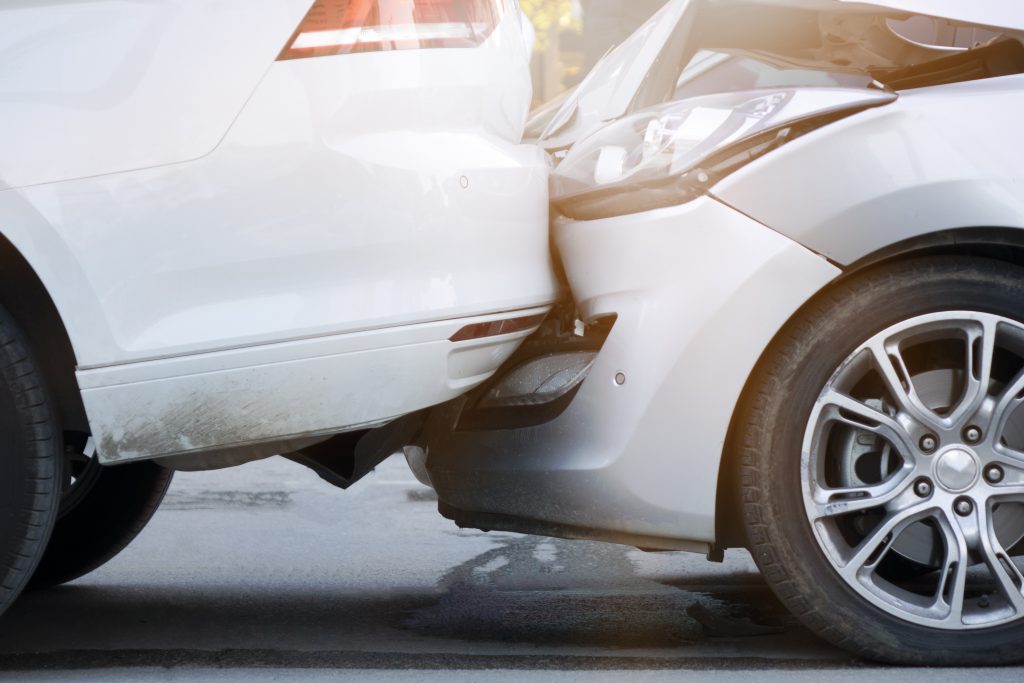
When you are involved in a car accident and someone else is responsible, you have a right to seek compensation for the injuries, pain, and losses caused.
However, you have to prove that the other person was at fault by gathering all the evidence you can find. Apart from your injuries, the worst is to be found at fault even when you’re sure you were not negligent and did not cause the accident.
The evidence proves the liability of the other party and your injuries or damages. An Orange County car accident lawyer will help you gather the right evidence to build your case and present it in the right way.
Collecting Vital Evidence
Physical Evidence
This is something that you can see and touch:
Police Reports
Local law enforcement usually investigates car accidents with injuries. They then write a report on the whole incident. Ensure you get the final copy of the report with the name and signature of the investigating officer.
Witness Statements
If there were any strong and independent witnesses at the scene, you could take their written statements. Make sure they are dated and have their signatures. Also, collect their names, phone numbers, and addresses.
Medical Records
These will prove your injuries. However, they must show they were from the accident. Obtain the doctor’s notes, exams and test results, X-ray reports, CT scans, and other reports. They should also be dated and signed.
Public Records
This might include things like driving records, arrest records, or warrants.
Photos and Videos
Take pictures of the scene, including your damaged property, injuries, bloodied, and torn clothes. Your lawyer can collect video footage from surveillance cameras nearby.
Your Statement
You should also record a written version of the accident. You can use an injury diary to write notes on your pain and suffering, record any nightmares, difficulties, inability to perform your daily living activities, etc. However, don’t write anything you’d not want the jury to see, as it can be used against you in a lawsuit.
Circumstantial Evidence
This is suggested or implied evidence. Although it might not prove the at-fault driver’s liability, it can help build a stronger case.
For instance, if the driver was alone in the car at the time of the accident, and phone records show he was texting, that will prove liability. However, if there was someone else, the defendant’s side can claim the passenger was using the phone. This evidence is circumstantial.
A witness statement can confirm the driver was distracted during the time of the accident. Circumstantial evidence is still essential as it can help convince the jury.
Spoliation of Evidence
This is where evidence is altered, lost, or destroyed either deliberately or by mistake. Your lawyer might send a spoliation letter to the custodian of the evidence to ensure it’s preserved for your case.
Using Accident Reports as Lawsuit Evidence
After gathering all the evidence you can find, your lawyer can present it to the insurance company during negotiation. If both parties don’t agree, the claim progresses to a lawsuit.
“Hearsay” evidence is not admissible in court and not subject to cross-examination, like a police report. However, that does not mean it’s not useful and required.
A police report can help you negotiate better compensation. In case the claim goes to court, the officer can testify and give the jury his observations.
Your attorney will present the evidence in court and present deposition statements from witnesses, if necessary. All the evidence you can find will be useful in the lawsuit.
It might feel like a lot of work to keep medical records from the injury, take photos, and take notes of how you feel, but it’s the only way to prove the at-fault driver’s liability and get your rightful compensation.
